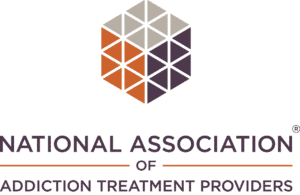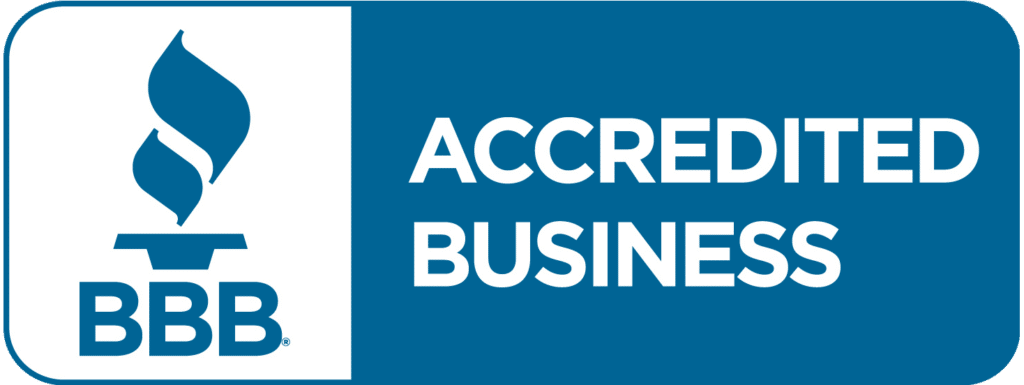Opioid Detox: Safe and Effective Treatment Options Available
What Are Prescription Opioids
Oxycontin
Vicodin
(Hydrocodone & Acetaminophen)
Dilaudid
(Hydromorphone)
Roxanol
(Morphine)
Prescription Opioid Withdrawal Symptoms
Restlessness
Anxiety
Muscle Spasms
Insomnia
Vomiting
Runny Nose
Sweating
Abdominal Cramps
Changes in Blood Pressure
Irritability
Constricted Pupils
Diarrhea
Nausea
Shaking
Agitation
Opioid Withdrawal Timeline
3 to 4 Hours After Last Intake
8 to 10 Hours After
Increased anxiety and restlessness are the hallmarks of this stage. Other symptoms can include nausea, vomiting, sweating, stomach aches, and cravings.
1 to 3 Days After
Most symptoms reach their peak, and a person has intense cravings. Additional symptoms can include shaking, muscle spasms, diarrhea, sleep difficulty, and elevated blood pressure.
Up to 1 Year After
During this period, most acute symptoms no longer persist. However, one may experience mood swings, cravings, unusual dreams, anxiety, depression, irritability, insomnia, and problems with concentration. Usually, the symptoms are mild, but even a minor trigger can make a person relapse.
Abruptly stopping opioids can lead to severe withdrawal symptoms and other health consequences.
What Happens During Opioid Detox Programs
Tapering
Detox Medications
Clonidine
A prescription medication used to treat hypertension, attention deficit hyperactivity disorder (ADHD), and sometimes symptoms of withdrawal from certain drugs. It has also been found to be effective in treating opioid addiction by reducing cravings and decreasing the incidence of relapse.
Buprenorphine
Also known as Subutex, it helps shorten the duration of detox. Like methadone, buprenorphine can also be used for long-term maintenance therapy.
Naltrexone
It works by blocking opioid receptors in the brain, making it so that opioids do not produce a high when used. It drastically reduces craving and reduces relapse risk among individuals who have had trouble abstaining from these substances. Studies have also shown that naltrexone can be used safely and effectively for both short-term and long-term medical therapy for those suffering from addiction.
Nutritional Support
Death during prescription opioid detox can occur due to dehydration from persistent diarrhea and vomiting. If untreated, severe dehydration can result in high blood sodium levels and heart failure.
Thus, maintaining proper hydration is key to preventing dehydration and related complications. If you have severe dehydration, you may need intravenous (IV) fluids and salts.
Opiod Addiction Treatment
After completing an opioid addiction treatment program, most people need long-term treatment, including:
- Self-help groups, Narcotics Anonymous (NA) or SMART Recovery
- Outpatient counseling
- Intensive outpatient treatment (day hospitalization)
- Inpatient Treatment
- Screening for depression and other mental disorders
When choosing the most appropriate detox program, it is crucial to consider the required level of care, insurance coverage, and commitment. Silicon Valley Recovery is the most comprehensive opioid detox center to help you at every step of your recovery process.
FAQs
What is medically assisted detox?
Medically assisted detox is a process where medical professionals help individuals safely withdraw from substances. It involves the use of medications to manage withdrawal symptoms and ensure comfort. This approach is crucial for reducing health risks associated with detoxification and provides a supportive environment for individuals beginning their recovery journey.
What is the timeline for opioid withdrawal?
Opioid withdrawal symptoms typically begin within 6-12 hours for short-acting opioids and 30 hours for long-acting ones. The acute phase peaks around 72 hours and can last up to a week. Post-acute withdrawal symptoms (PAWS) may persist for weeks or months, including mood swings, anxiety, and sleep disturbances. The timeline can vary based on factors like the type of opioid used and individual health conditions.
What is a medical clearance for detoxification?
A medical clearance for detoxification is an evaluation by a healthcare professional to determine if an individual is medically stable to undergo detox. It involves assessing the person’s physical and mental health, reviewing their medical history, and identifying any potential risks or complications. This process ensures that detox can be conducted safely, minimizing health risks during withdrawal.
What does opioid detox consist of?
Opioid detox involves a medically supervised process to safely manage withdrawal symptoms when stopping opioid use. It typically includes a combination of medication-assisted treatment, such as methadone or buprenorphine, to alleviate withdrawal symptoms and reduce cravings, along with supportive care and counseling to address psychological aspects and prepare for ongoing treatment and recovery.
How long does a withdrawal take?
Withdrawal times can vary depending on the method used. Bank transfers typically take 3-5 business days, while credit or debit card withdrawals may take 1-3 business days. E-wallets often process within 24 hours. Processing times can be affected by verification requirements or banking hours. Always check with your provider for specific timelines related to your account and withdrawal method.
What medications are used for opioid withdrawal?
Medications used for opioid withdrawal include methadone, buprenorphine, and naltrexone. Methadone and buprenorphine help reduce withdrawal symptoms and cravings by acting on the same brain receptors as opioids. Naltrexone blocks opioid receptors, preventing the effects of opioids. These medications are often part of a comprehensive treatment plan that includes counseling and support.









